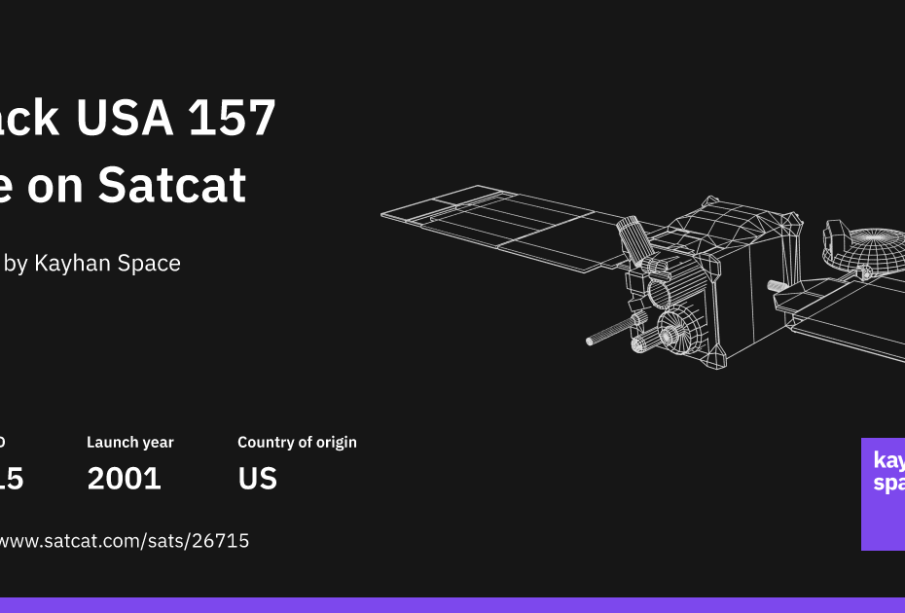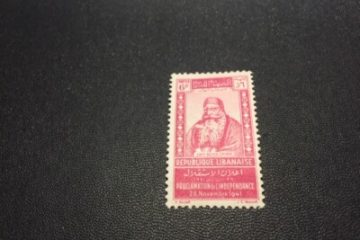Understanding the Importance of NORAD in North American Defense

Introduction to NORAD
The North American Aerospace Defense Command (NORAD) is a critical element of air defense in Canada and the United States. Established during the Cold War, NORAD plays a vital role in monitoring and defending North American airspace against potential threats, including missile and aerial attacks. As geopolitical tensions continue to rise globally, the relevance of such a cooperative defense system has become increasingly apparent.
Key Functions and Recent Developments
NORAD is not only responsible for air surveillance but also conducts aerospace warning and control missions. It operates advanced radar systems and utilizes data-sharing technologies with various military branches to ensure rapid responses to any threats. Recently, tensions between nations such as Russia and the United States have highlighted the importance of NORAD’s vigilance. In October 2023, NORAD held its annual exercise ‘Amalgam Dart’, simulating responses to airborne threats, showcasing the command’s preparedness and collaboration.
Continued Collaboration and Future Outlook
The ongoing partnership between the United States and Canada through NORAD emphasizes mutual security interests. Recent discussions surrounding modernization strategies, including upgrades to surveillance technology and operational capabilities, indicate a forward-thinking approach to addressing 21st-century threats. The integration of more advanced technologies like artificial intelligence and improved satellite systems is expected to enhance threat detection and response times.
Conclusion
As global security challenges evolve, NORAD remains an essential linchpin in North America’s defense strategy. Its ability to adapt and implement new technologies is critical to safeguarding airspace and ensuring national security. For Canadians and Americans alike, continued support for NORAD signifies a shared commitment to protection and preparedness in an increasingly complex global landscape.





